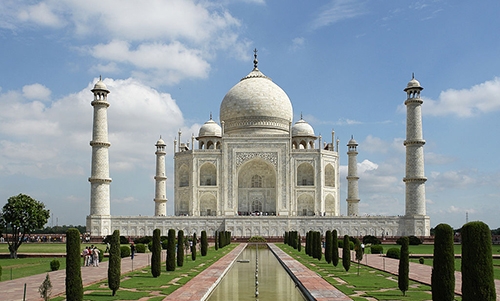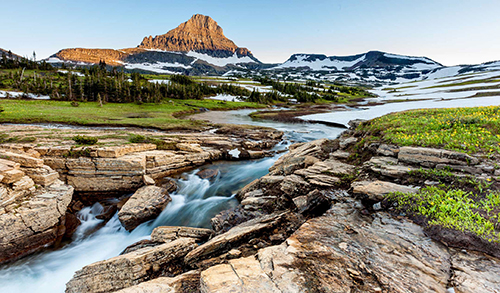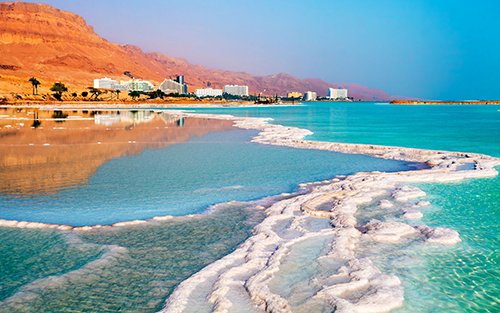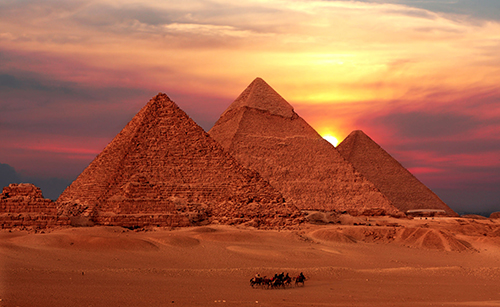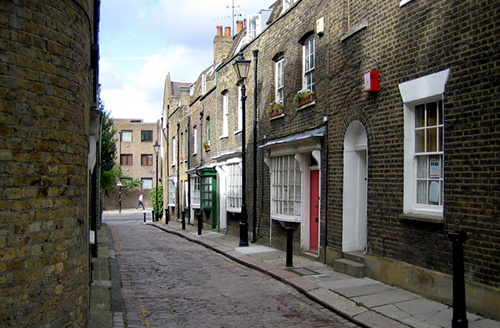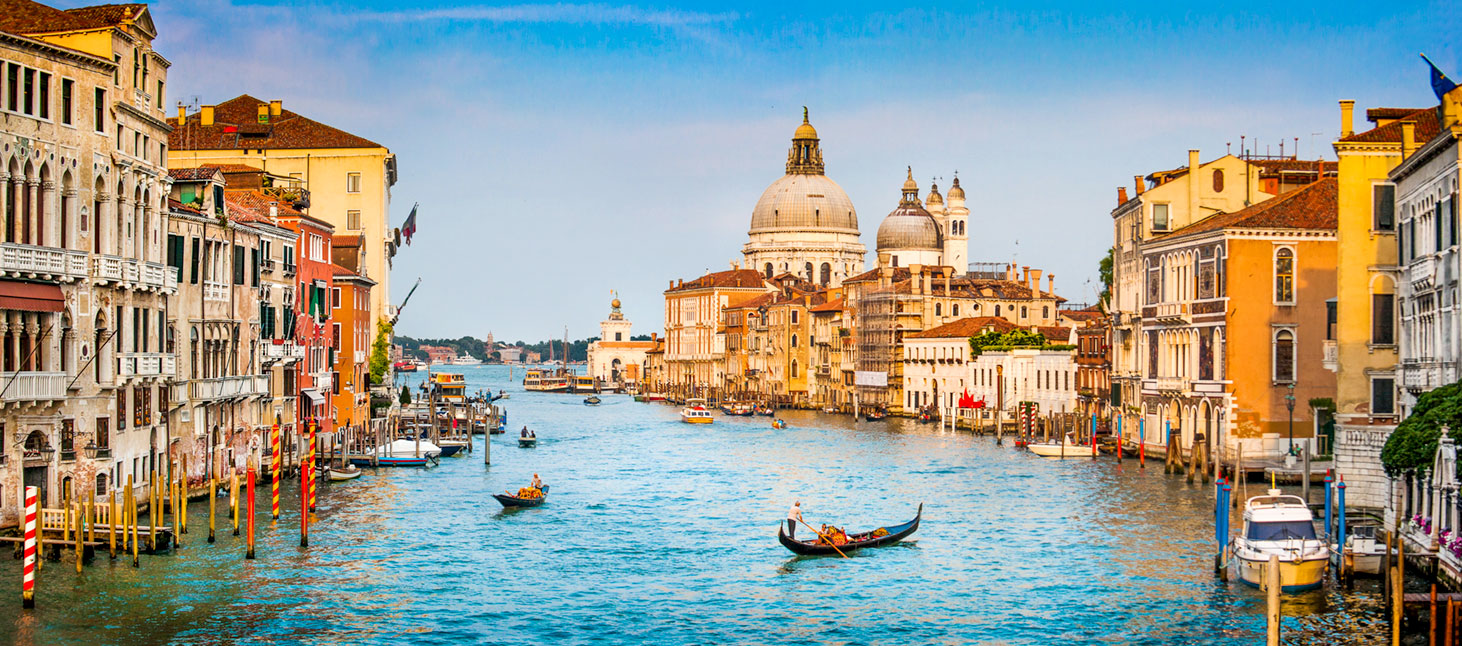Seven Wonders to visit before they disappear
Earth is such a beautiful place. And there are some places on Earth that are so beautiful, they give us major travel goals. Unfortunately they are now under threat due climate change, pollution or construction activities.
Let's take a look at some of them:
Glaciers, Glacier National Park
United States and Canada
Glacier National Park contains some of the most beautiful, primitive wilderness in the Rocky Mountains. There are more than 200 glacier-fed lakes, high peaks, sheer precipices, large forests, waterfalls, and a great variety of wildflowers. However, temperature fluctuations have caused glacier growth and depletion. Ten thousand years ago, the area of Glacier National Park was covered by ice up to one mile below sea level. The latest warm period has caused the number of glaciers to decrease from 150 in 1850 to 26 today. If current global warming trends continue, there will be no glaciers left in Glacier National Park by 2030.
The Dead Sea
Border between Israel and the West Bank (W) and Jordan (E)
Known as one of the saltiest water bodies in the world and the lowest dry point on earth, the Dead Sea is fed by the Jordan River and a number of small streams. The Dead Sea loses much water through evaporation as it is located in a very hot and dry region, causing its level to fluctuate. However, inflow to the Dead Sea has been greatly reduced by the increased use of the Jordan River by Palestinians, and Jordanians, who have growing populations and increased agricultural needs, resulting in falling water levels. Currently, the Dead Sea recedes about three feet each year.
Mexico City
Mexico
In the past century, Mexico City has sunk more than 30 feet. The original city was built on the site of a former lake. The Aztecs built the city on a series of aquatic platforms, but when the Spanish conquered the city, they drained the lake, causing it to sink. As the city population ballooned and the demand for water increased in the 20th century, the government began pumping much of the city’s supply out of the underground aquifer that once fed the lake, causing the city to sink further.
Pyramids of Giza
Giza, Egypt
One of the Seven Wonders of the Ancient World, the Pyramids of Giza, located outside modern Cairo, consist of three magnificent royal tombs guarded by a Sphinx. The Pyramids have been a heavily trafficked sightseeing area for centuries, but the pollution and magnitude of visitors has taken its toll on the ancient structures.
Little Green Street
London, United Kingdom
Little Green Street, Located in the centre of London, is one of only a few surviving streets from Georgian England. Lined with about a dozen 18th century homes, Little Green Street only stretches a city block in length, but has survived the Blitz in World War II and three centuries of construction. As a perfect example of Regency London, it has been featured in poetry, photo shoots, and music videos; but it has been threatened by construction activities now.
Taj Mahal
Agra, Uttar Pradesh, India
A mausoleum in northern India on the banks of Yamuna River, the Taj Mahal is considered one of the most beautiful buildings in the world and the finest example of the late style of Indian Islamic architecture. The Mughal emperor Shah Jahan ordered it built after the death of his favourite wife, Mumtaz Mahal. The building, which was completed between 1632 and 1638, is visited by three to four million tourists each year. The crowd and air pollution have caused irreversible damage to the building’s facade, prompting tourism officials to consider closing the historic site to the public.
Venice
Italy
With as many as 40 floods per year between March and September, Venice is slowly sinking at an estimated rate of 2.5 inches every 10 ten years. Venice was built as a collection of 118 separate islands, relying entirely on a canal system of about 150 canals, mostly very narrow, crossed by some 400 bridges. A severe flood in December 2008 brought renewed attention to Venice’s vulnerable state and imminent fate as an underwater city.
Related Posts

